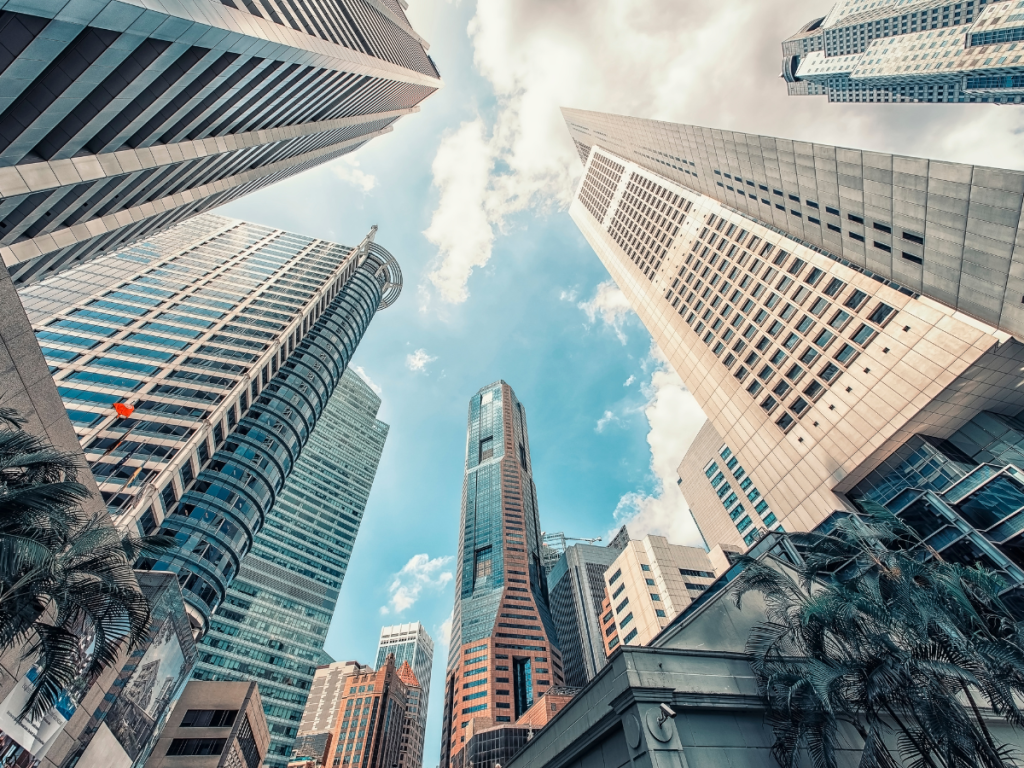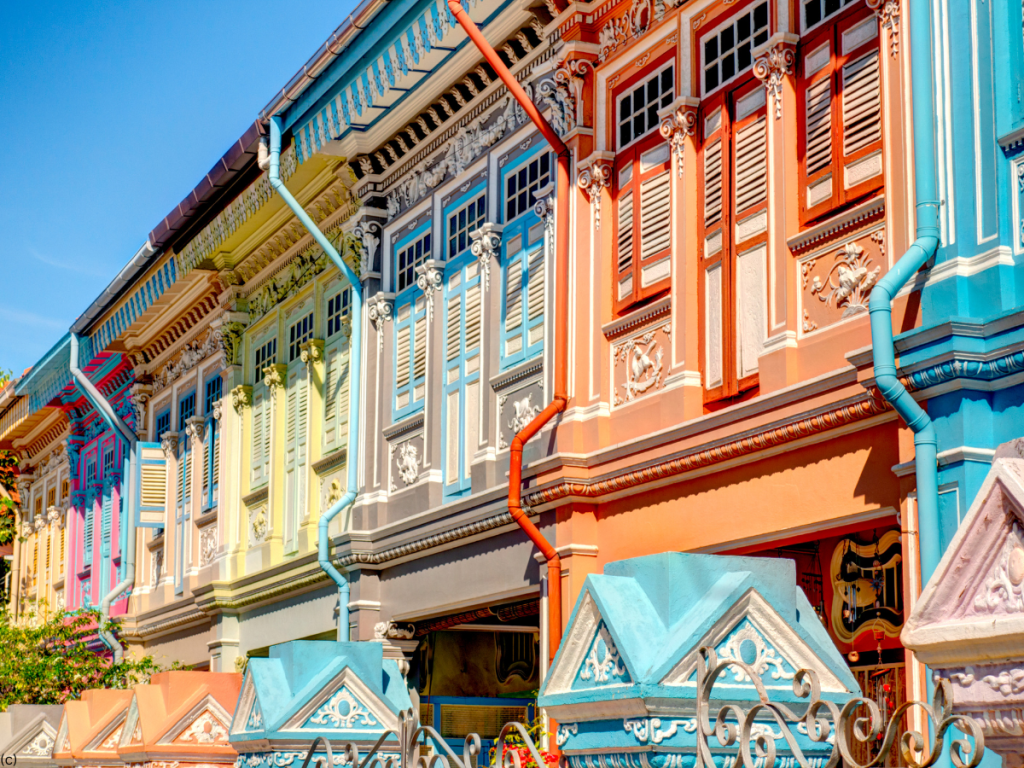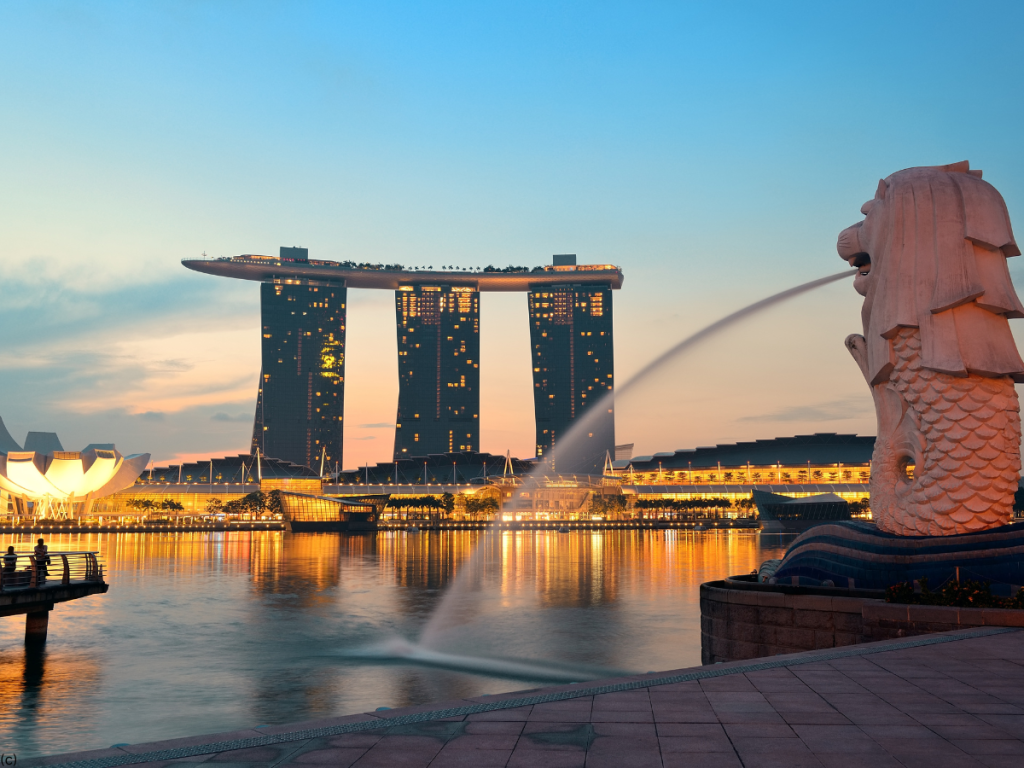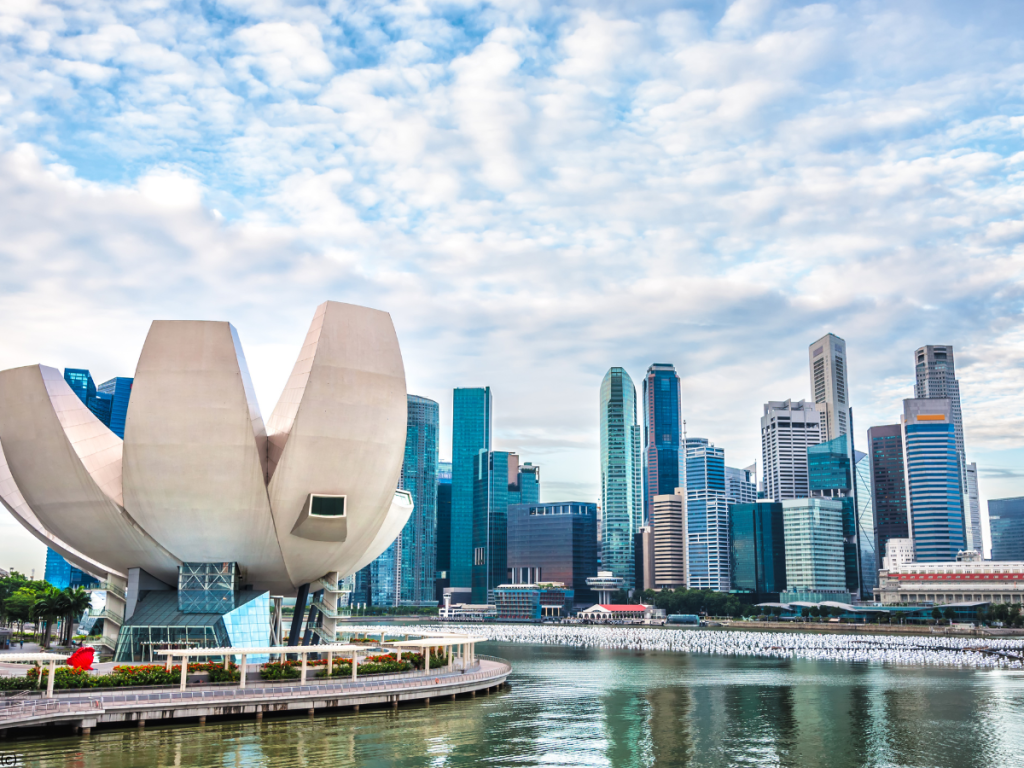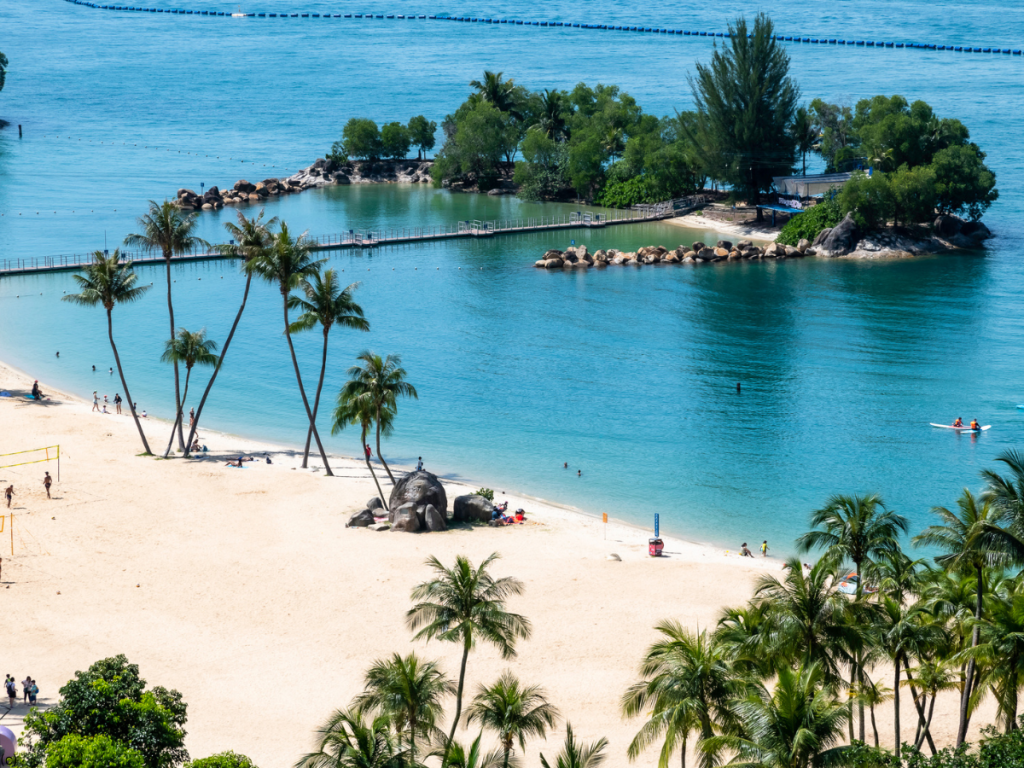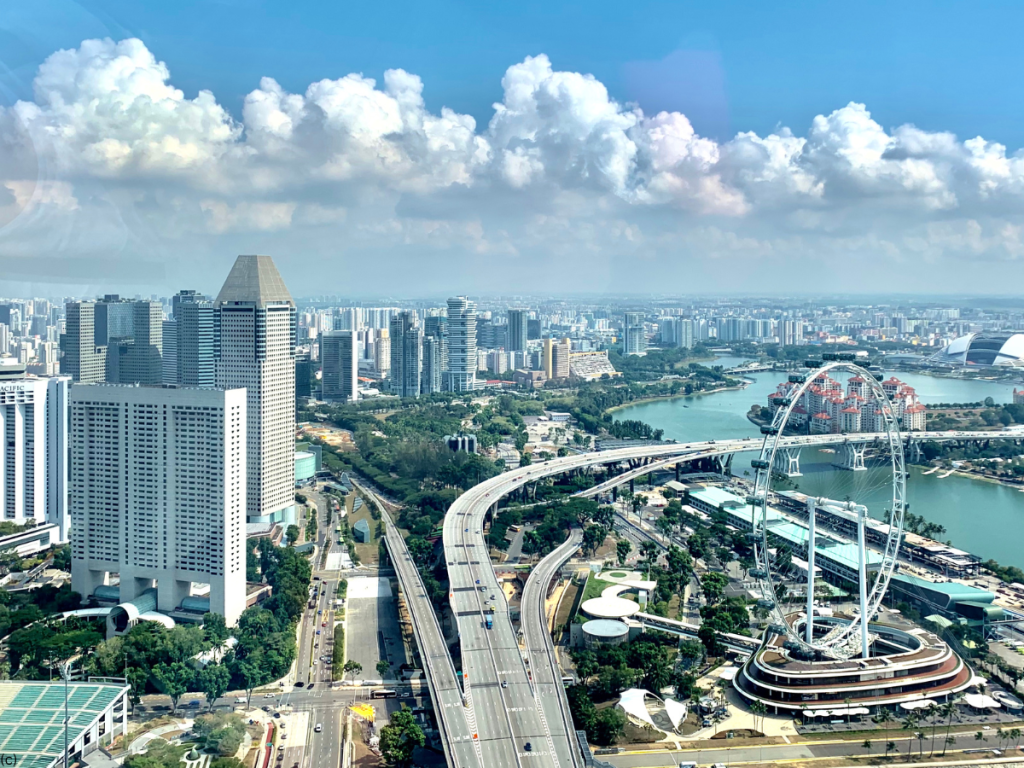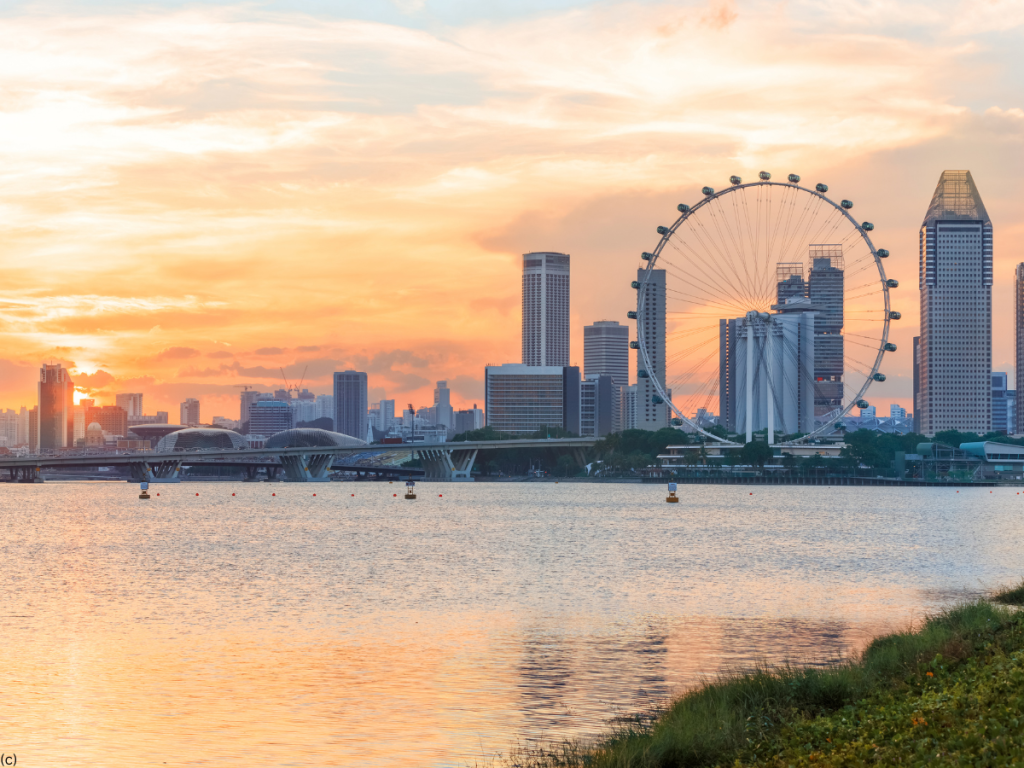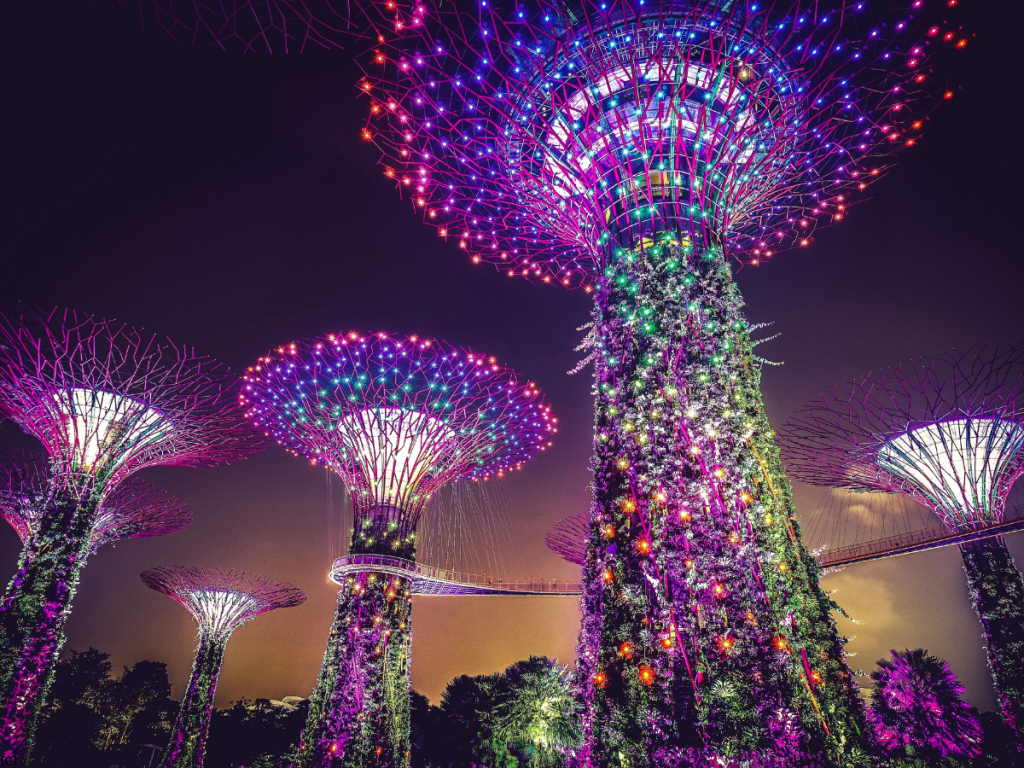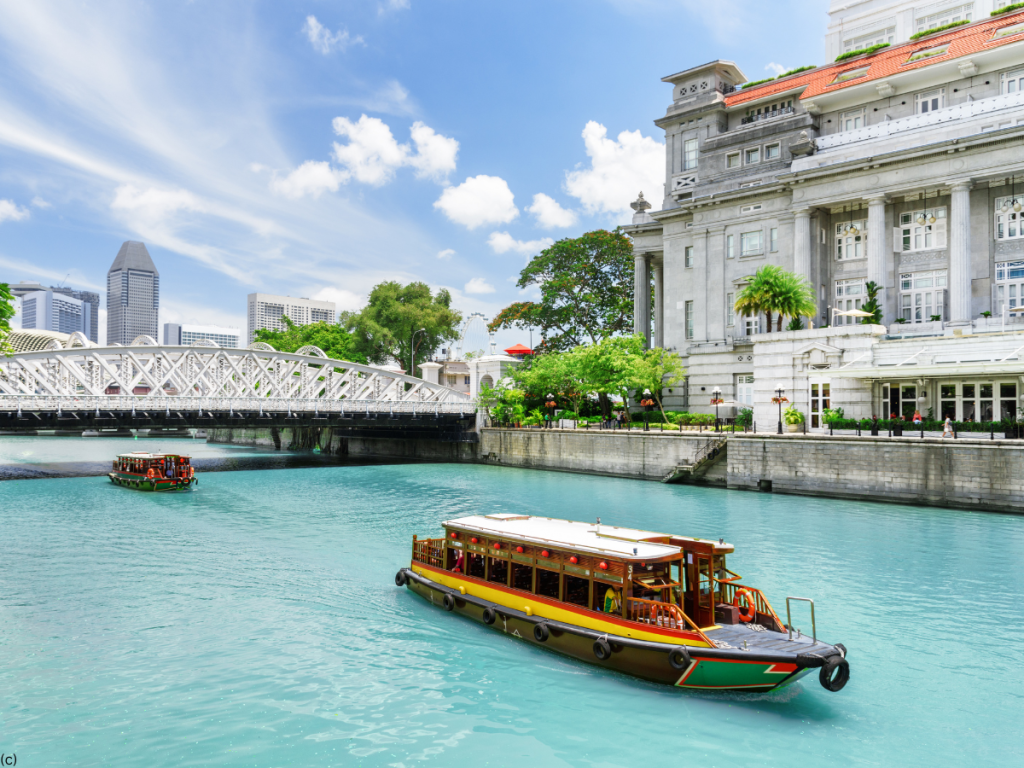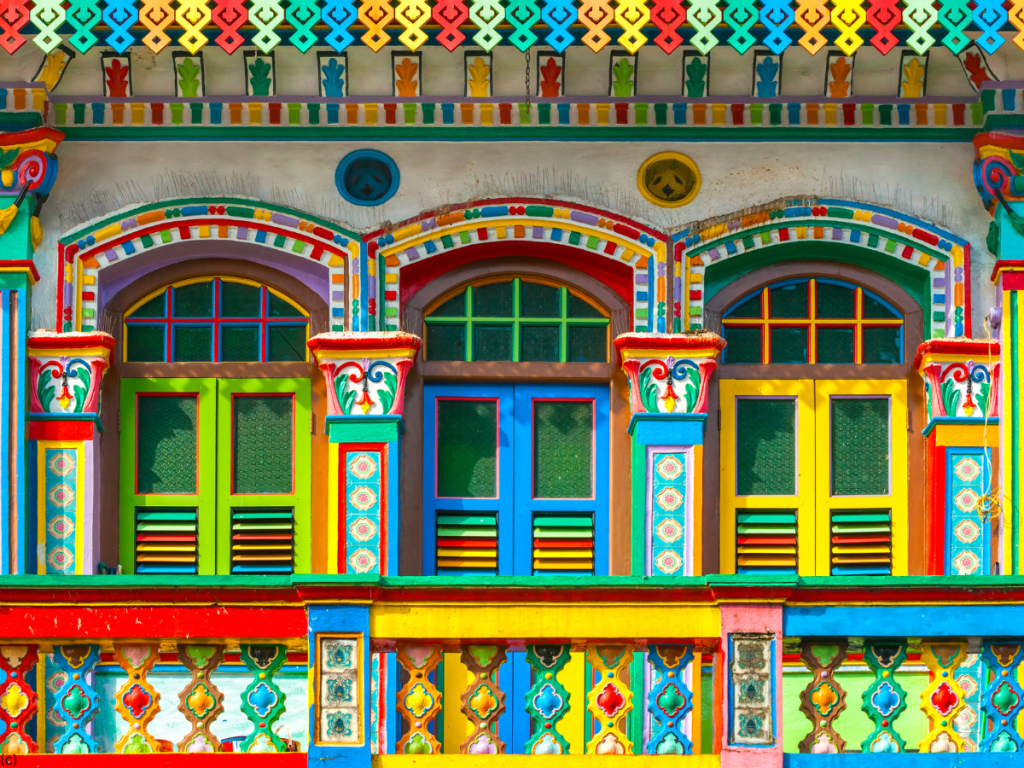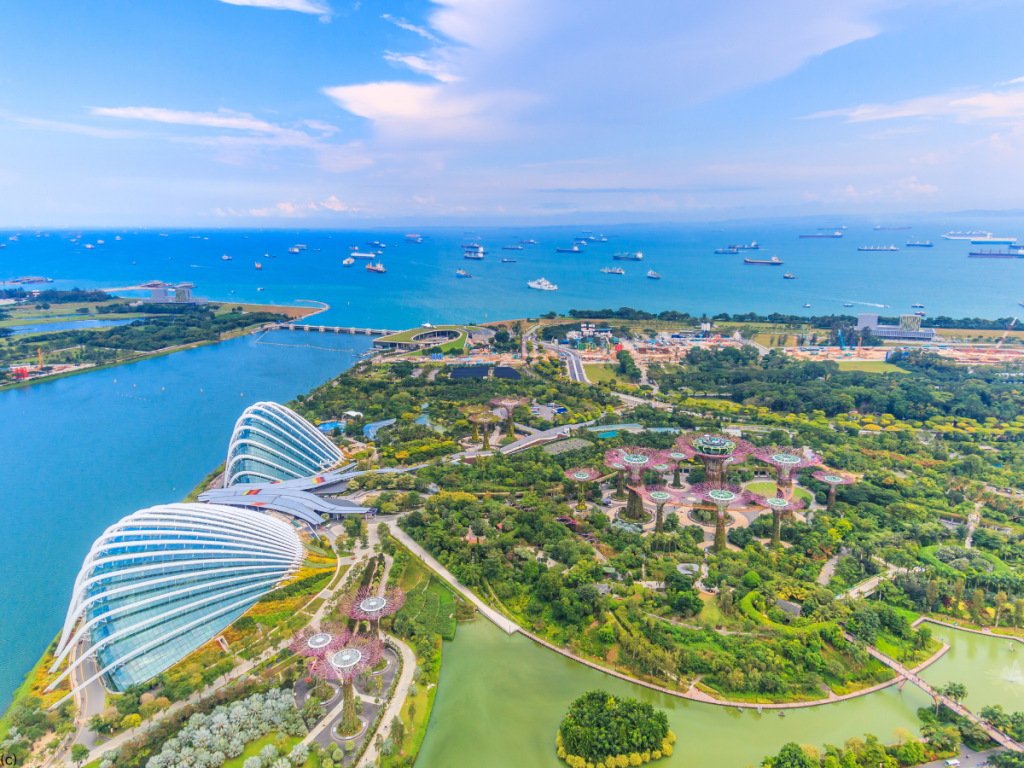
Singapore, often referred to as the “Lion City,” is a vibrant and modern metropolis that offers a blend of diverse cultures, stunning architecture, lush green spaces, and world-class attractions. Despite its small size, this island nation packs a punch when it comes to things to see and do. Whether you’re a food lover, history buff, or nature enthusiast, Singapore has something for everyone. This guide will walk you through some of the must-visit places, activities, and practical tips to make your trip unforgettable.
1. Arrival and Getting Around
Changi Airport: Your journey to Singapore begins at Changi Airport, consistently rated as one of the best airports in the world. Besides being an efficient transportation hub, Changi offers a range of attractions including the Jewel, a stunning indoor garden and waterfall, along with numerous dining and shopping options. Don’t rush through your arrival or departure—spend some time exploring the airport’s features.
Public Transport: Singapore’s public transport system is among the best globally. The Mass Rapid Transit (MRT) system is the most convenient way to get around. It is clean, efficient, and covers most of the major attractions. Buses are also a good option, and taxis are readily available. For visitors, purchasing an EZ-Link card or a Singapore Tourist Pass is a good idea, allowing unlimited travel on public transport for a certain number of days.
2. Cultural Neighborhoods
Chinatown: Singapore’s Chinatown is a vibrant blend of old and new, where traditional temples and heritage buildings stand alongside modern eateries and boutique shops. Don’t miss the Buddha Tooth Relic Temple, which is both a spiritual and architectural marvel. The Chinatown Heritage Centre provides an insightful look into the lives of Singapore’s early Chinese settlers.
Little India: Little India is a sensory overload in the best way possible. The area is filled with the aroma of incense, the sound of traditional Indian music, and the sight of colorful garlands and vibrant textiles. Visit the Sri Veeramakaliamman Temple, a stunning Hindu temple, and stroll through the bustling Tekka Centre, a market known for its fresh produce and food stalls.
Kampong Glam: Kampong Glam is the historic Malay-Muslim quarter of Singapore. The iconic Sultan Mosque, with its massive golden dome, is the focal point of the area. Arab Street, with its many textile shops and Middle Eastern cafes, is perfect for an afternoon of leisurely shopping and dining. Haji Lane, a narrow street lined with colorful murals, is famous for its independent boutiques and trendy cafes.
3. Modern Marvels
Marina Bay Sands: One of Singapore’s most iconic landmarks, Marina Bay Sands, is a luxury resort that features a hotel, casino, shopping mall, and the famous SkyPark. The SkyPark, located on the 57th floor, offers breathtaking views of the city skyline and the Marina Bay area. For a unique experience, consider taking a dip in the infinity pool—one of the highest in the world.
Gardens by the Bay: Just a short walk from Marina Bay Sands, Gardens by the Bay is a futuristic park spanning 101 hectares of reclaimed land. The Supertree Grove, with its towering, tree-like structures covered in plants, is a must-see, especially during the evening light and sound show. The park also houses two massive conservatories: the Flower Dome, which showcases plants from different regions, and the Cloud Forest, featuring a stunning indoor waterfall and lush vegetation.
The Singapore Flyer: The Singapore Flyer is one of the world’s largest observation wheels. From your capsule, you can enjoy panoramic views of the city, Marina Bay, and beyond. It’s a great way to get a bird’s-eye view of the layout of the city and spot landmarks like the Merlion and the Esplanade.
4. Historical and Cultural Sites
National Museum of Singapore: The National Museum of Singapore is the oldest museum in the country and offers a comprehensive overview of Singapore’s history and culture. The museum’s exhibitions are well-curated and interactive, making them engaging for visitors of all ages. It’s a great place to start if you want to understand the country’s journey from a small fishing village to a global city.
Raffles Hotel: Raffles Hotel is a colonial-style luxury hotel that has become a symbol of Singapore’s history. Even if you’re not staying there, it’s worth visiting for a drink at the Long Bar, where the famous Singapore Sling cocktail was invented. The hotel’s architecture and history make it a fascinating place to explore.
The Merlion: The Merlion, a mythical creature with the head of a lion and the body of a fish, is Singapore’s national symbol. The iconic statue is located at Merlion Park, overlooking Marina Bay. It’s a popular spot for photos and offers great views of the city’s skyline.
5. Nature and Wildlife
Singapore Botanic Gardens: The Singapore Botanic Gardens is a UNESCO World Heritage site and a green oasis in the heart of the city. The gardens are home to thousands of plant species, and the National Orchid Garden, located within, is a highlight. It’s a great place for a peaceful stroll or a picnic, with plenty of shaded areas to relax.
Sentosa Island: Sentosa Island is Singapore’s playground, offering a wide range of attractions and activities. You can spend the day at Universal Studios Singapore, relax on the island’s beaches, or explore the S.E.A. Aquarium, one of the world’s largest aquariums. For thrill-seekers, the AJ Hackett Sentosa offers bungee jumping and a giant swing.
Night Safari: The Night Safari, located next to the Singapore Zoo, is the world’s first nocturnal wildlife park. It offers a unique opportunity to observe animals in their natural nighttime habitats. The guided tram ride takes you through different zones, each representing different geographical regions, and you can also explore the walking trails for a closer look at the animals.
6. Shopping in Singapore
Orchard Road: Orchard Road is Singapore’s premier shopping district, known for its luxury malls, high-end boutiques, and vibrant atmosphere. From designer labels to fast fashion, you’ll find it all here. The malls along Orchard Road also house a variety of restaurants and cafes, making it a great place to spend a day.
Bugis Street Market: For a more budget-friendly shopping experience, head to Bugis Street Market. It’s one of the largest street markets in Singapore and offers a wide range of clothing, accessories, and souvenirs at affordable prices. It’s a great place to practice your bargaining skills and pick up unique items.
Haji Lane: Haji Lane in Kampong Glam is known for its indie boutiques, quirky shops, and street art. It’s the perfect place to find unique fashion items, vintage goods, and handcrafted accessories. The narrow lane is also lined with cafes, making it a great spot for a coffee break.
7. Culinary Delights
Hawker Centers: Singapore is famous for its hawker centers, where you can find a wide variety of affordable and delicious local food. Some of the must-visit hawker centers include Maxwell Food Centre, Lau Pa Sat, and Old Airport Road Food Centre. Don’t miss trying iconic dishes like Hainanese chicken rice, laksa, char kway teow, and satay.
Michelin-Starred Street Food: Singapore is home to some of the world’s most affordable Michelin-starred food. Hawker stalls like Hawker Chan, which serves soy sauce chicken rice, and Hill Street Tai Hwa Pork Noodle have earned Michelin stars for their outstanding food. It’s a unique opportunity to taste world-class cuisine without breaking the bank.
Fine Dining: For those looking for a more upscale dining experience, Singapore has no shortage of fine dining restaurants. Many of these establishments, like Odette and Burnt Ends, have been recognized with Michelin stars. The city’s culinary scene is diverse, with top-notch restaurants offering a range of cuisines from around the world.
8. Nightlife and Entertainment
Clarke Quay: Clarke Quay is the heart of Singapore’s nightlife scene, with its waterfront location, vibrant bars, and nightclubs. It’s a great place to enjoy a night out, whether you’re looking to dance the night away or simply relax with a cocktail by the river. The area also offers a variety of restaurants, from casual eateries to fine dining establishments.
Marina Bay Sands Light Show: The Marina Bay Sands Light and Water Show, known as Spectra, is a free nightly show that combines water jets, lasers, and music to create a mesmerizing spectacle. The show takes place at the Event Plaza along the promenade, and it’s a must-see if you’re in the area in the evening.
Rooftop Bars: Singapore’s skyline is best enjoyed from one of its many rooftop bars. Spots like 1-Altitude, Ce La Vi, and LeVeL33 offer stunning views of the city, along with expertly crafted cocktails and a sophisticated atmosphere. These bars are great places to unwind after a day of sightseeing and enjoy the city lights.
9. Unique Experiences
Singapore River Cruise: A Singapore River Cruise offers a unique perspective of the city. The bumboats, which were once used to ferry goods along the river, now take tourists on a scenic ride past landmarks like Clarke Quay, Marina Bay Sands, and the Merlion. It’s a relaxing way to see the city and learn about its history.
Singapore Cable Car: The Singapore Cable Car offers a scenic ride from Mount Faber to Sentosa Island. The journey provides panoramic views of the city, the harbor, and the lush greenery of Mount Faber Park. It’s a fun and unique way to reach Sentosa, and the views are especially stunning at sunset.
Exploring Pulau Ubin: For a break from the city’s hustle and bustle, take a trip to Pulau Ubin, a small island off Singapore’s northeastern coast. The island offers a glimpse of Singapore’s past, with its rustic kampongs (villages) and unspoiled natural landscapes. Rent a bike and explore the island’s trails, or visit the Chek Jawa Wetlands, a unique ecosystem with rich biodiversity.
10. Practical Tips for Visitors
Best Time to Visit: Singapore has a tropical climate, meaning it’s warm and humid year-round. The best time to visit is during the dry season, from February to April, when the weather is slightly cooler and there’s less rainfall. However, Singapore is a year-round destination, and there are plenty of indoor attractions to enjoy even during the rainy season.
Language and Currency: English is widely spoken in Singapore, making it easy for most visitors to communicate. The local currency is the Singapore Dollar (SGD). Credit cards are widely accepted, but it’s a good idea to carry some cash for small purchases at hawker centers and markets.
Safety: Singapore is known for being one of the safest cities in the world. The crime rate is low, and the city is very clean and well-maintained. However, it’s always wise to take basic precautions, such as keeping an eye on your belongings and avoiding deserted areas late at night.
Cultural Etiquette: Singapore is a multicultural society, and it’s important to respect local customs and traditions. When visiting religious sites, dress modestly and remove your shoes before entering. Public displays of affection are generally frowned upon, and chewing gum is prohibited in public places.
Singapore is a city that truly has something for everyone. From its stunning modern architecture to its rich cultural heritage, from world-class dining to unique local experiences, there’s no shortage of things to see and do. Whether you’re visiting for a few days or a few weeks, Singapore will leave you with lasting memories and a desire to return. So pack your bags, get your camera ready, and get ready to discover the Lion City!
